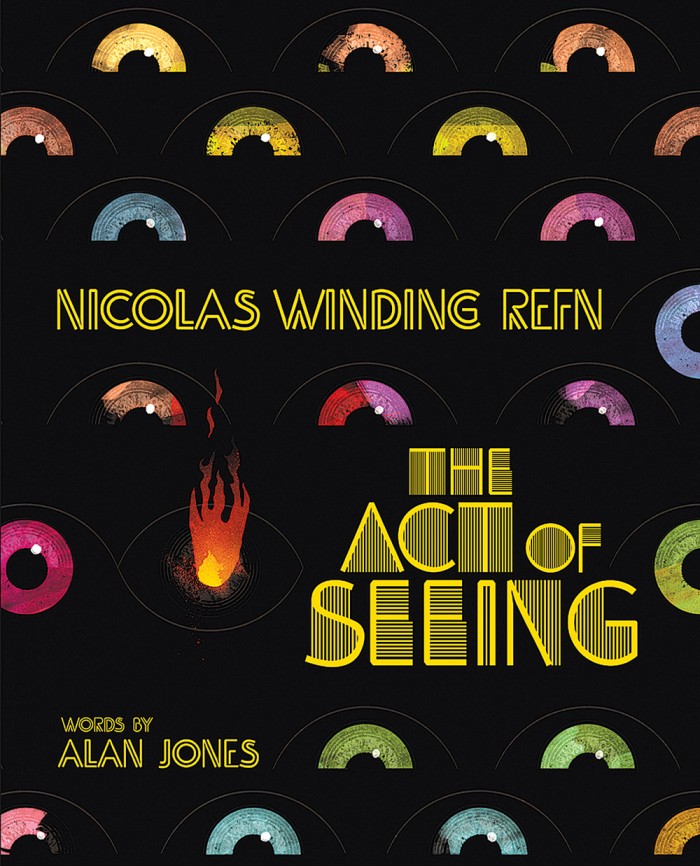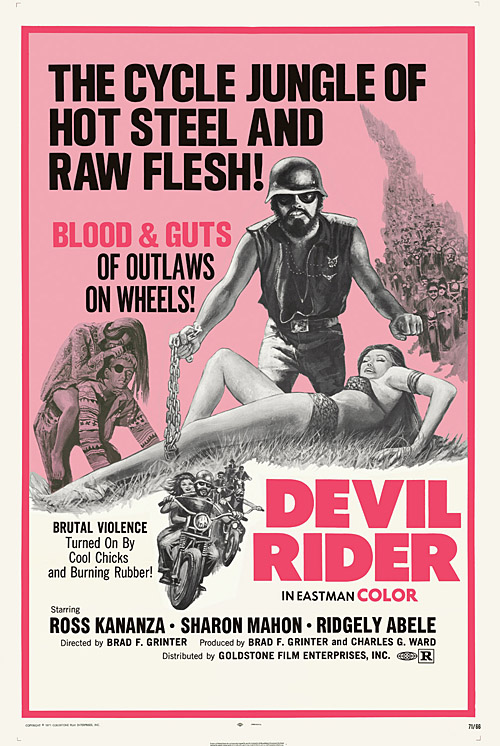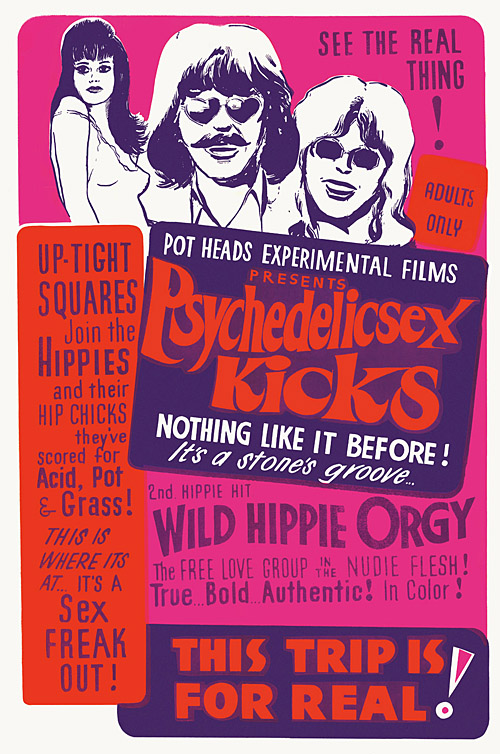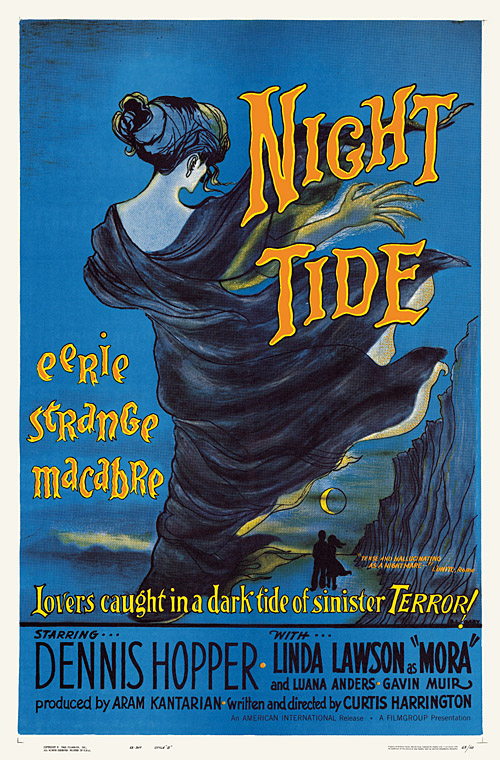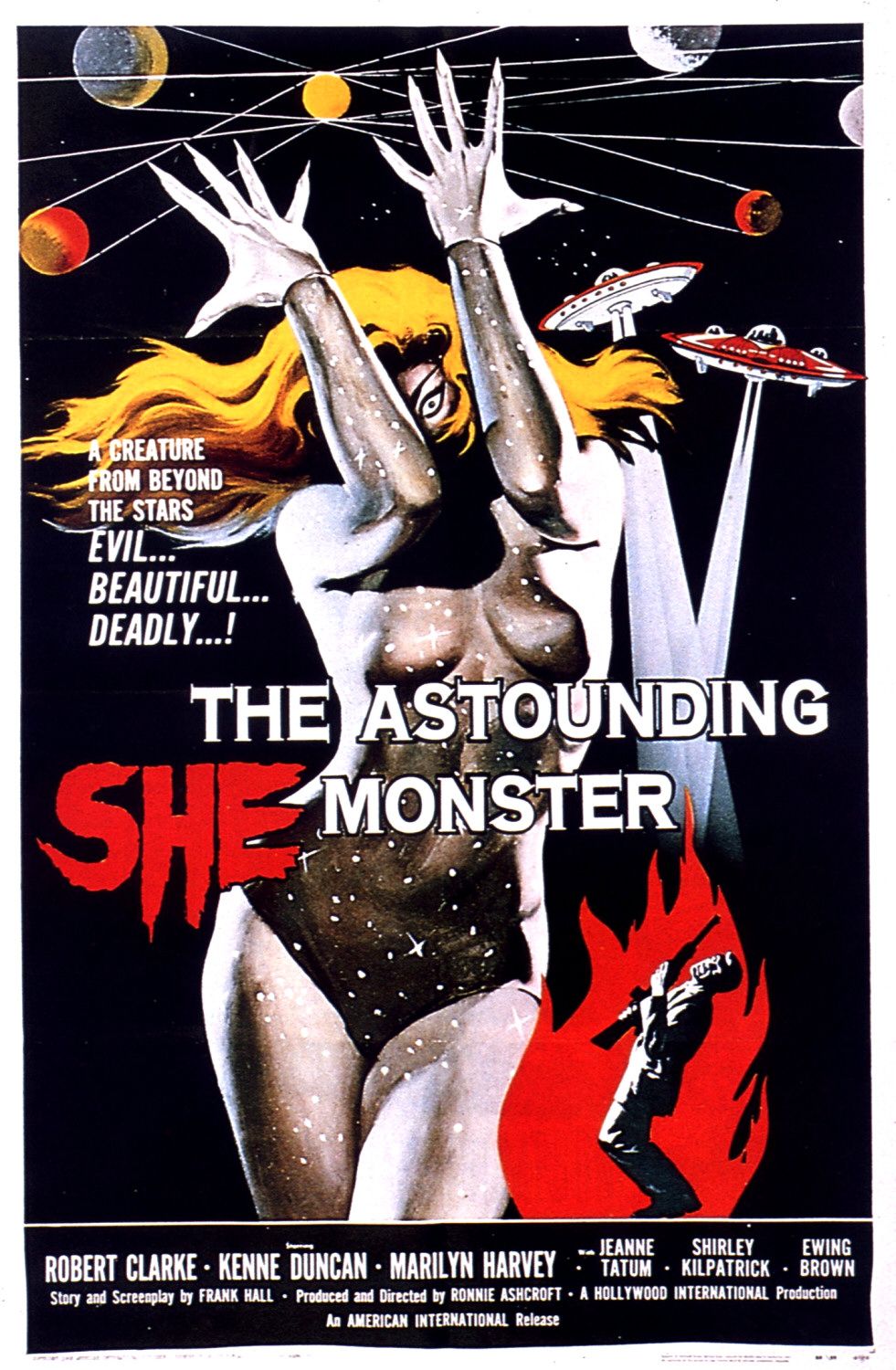Nicolas Winding Refn On The "Trash To Art" Evolution Of Posters In His Book 'The Act Of Seeing'
The guy who made Bronson and Drive wants to take you on a trip to the 42nd Street of '60s and '70s New York City. As a guidebook, he offers a collection of lurid and strange movie posters.
Of course Nicolas Winding Refn, a writer and director, and a participant in The American Genre Film Archive, is a wildly knowledgable cinephile. He has an incredible collection of exploitation movie posters that is now being published as the book Nicolas Winding Refn: The Act of Seeing. Guided by Refn and written by Alan Jones, the founder of Film 4 Fright Fest, The Act of Seeing gives museum treatment to posters that were thought of as anything but art when they adorned the windows of grindhouse theaters decades ago.
I spoke to Refn about his collection and the appeal of the films these posters represent, even when the posters are less than honest about the movies they're selling. Our conversation ranged into the raw basement design of bootlegged images for stolen films, and the appeal of the 1961 Dennis Hopper film Night Tide.
What is unique about this collection of posters?
What I find interesting was that here was this collection I'd purchased without really knowing what to do with it, and it was like a time machine. A lot of these films, 40 or 50 years ago, were what was considered "trash cinema." Now, a lot of them are cherished pop art memorabilia in a way. What I wanted to do was take a lot of these films that are even more obscure — I'd never heard of them, and most people I'd talked to had never heard of them — and present them in the highest way possible, the most high-end presentation we could do. It became almost like the Warhol effect with soup cans, where he turned them into art.
The dominant note in these images is sex, particularly women's sexuality. The subject matter suggests how much more repressed mainstream society was. Topics that should be open were marginalized into, as you said, trash.
A lot of these movies are pre-pornography. So a lot of it is about repression. A lot of them seem to be about "bored housewives," who have to go on an extistential journey with someone else's bored housewife, some guy's going to come in and whip them or something like that. If you were to walk down 42nd Street, it was like the pleasure zone. They were promising everything, every taboo they were going to show you. In the end, of course, the films were much more tame than anything. But the illusion of what you may see ... when everything's so in your face it loses it's poetry.
The posters are almost like tabloid covers, in that they don't always line up with what the movies actually were.
They can be totally different from what they were promoting!
Do you have any idea who made most of these posters?
The people who designed them you mean? No, I have no idea. We couldn't find any information on anyone. I believe there's a long history on the designer who made the Astounding She-Monster poster, which is quite famous. [ed: That's Albert Kallis, about whom you can read more here.]
I don't know who made Night Tide, which is another incredible poster, or Captive Wild Woman. There are a few in the book I call the high-end auction house posters that came with the collection, which are so beautiful. They're more like art installations than anything else. But the majority of the book are these very crude films and posters, and I'm fairly sure they were done by somebody's cousin, in a basement. Whoever could put it together!
Some look like they may have been done the morning the poster needed to go up in a window.
Yeah, and the ones that are hand-painted, there are even spelling mistakes on them. It's all from somebody's lurid imagination.
It reminds me of that super-creepy character in Zodiac who hand-lettered movie posters. And then, as I flip through the book, in the middle all these forgotten trash films there's a poster for Roman Polanski's Repulsion.
I met a very interesting gentleman who had these illegal posters. Basically what I was told was they were made by a cinema showing films illegally. So it's old-school piracy. They would obtain a print, and then they would create their own poster.
Would that print be like a 16mm dupe of a film?
Maybe. They were stealing prints left, right and center back then. That was one of the things at the time, I've been told by the guy I bought the collection from that projectionists would sell prints to other projectionists, cinemas, or even individuals. Nobody really knew anything, a lot of these films were not well taken care of. But they would be stolen, and these bootleg houses would show some higher-end films like Repulsion, or the Horror of Frankenstein [ed: which, compared to some of these films, is very high-end] or one of those Hammer movies, and they made their own posters. In a way, it's a beautiful exhibition, but my goodness!
[Note: The collection came from Jimmy McDonugh, who wrote books on people such as Neil Young and Russ Meyer.]
What are your particular favorites?
I did make a big point that I wanted both versions of Night Tide in the book. That had to do with the fact that I always very much admired the director Curtis Harrington. I was friends with him before he passed away. He lived a very, I guess bitter life, in a way. His career, he thought, hadn't really played the way he thought it should have. He's very much forgotten, but I think he's an incredible filmmaker, and I hope something like this could do more justice to how unique he was. Night Tide, which was his directorial debut, is an outstanding piece of cinema. Some of the stuff he made afterwards is equally as good. That was a personal touch on my end.
The most appealing thing to me in these movies and the posters is that, whether they're garbage or art, there's a real personal angle to almost all of them.
I like the boldness of it, that they don't pretend to be anything else but what they promised to show you. There's a crude poetry in that. Again, they didn't always live up to it, but the selling of an illusion was really what it was about. The anticipation of seeing a topless woman, or whatever taboo subject you desire. In a way, a lot of these posters represent an artistic sensibility, a need to express, a need to show impulses. Even though they were made purely to make money, these films. There's always something hidden behind greed: desire.
***
Nicolas Winding Refn: The Act of Seeing will be released on October 5, and the book will be the centerpiece of a gallery display at the Mondo Gallery (4115 Guadalupe St, Austin, TX) from September 25-27, with a reception and book signing the evening of September 25. A pre-order for the book is up at Amazon now.